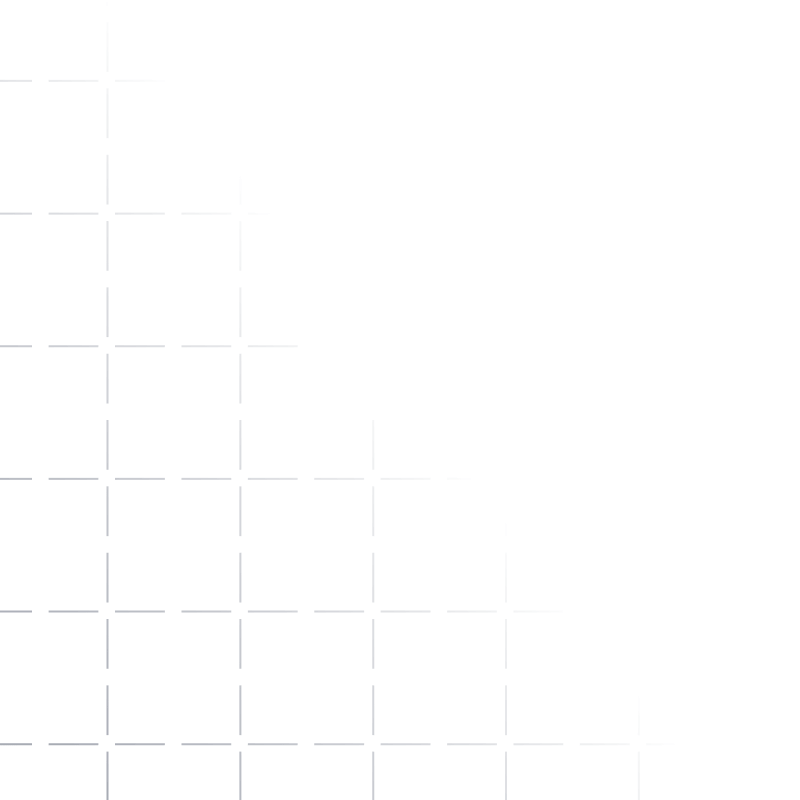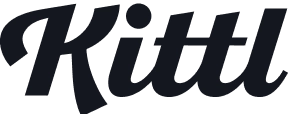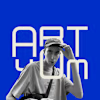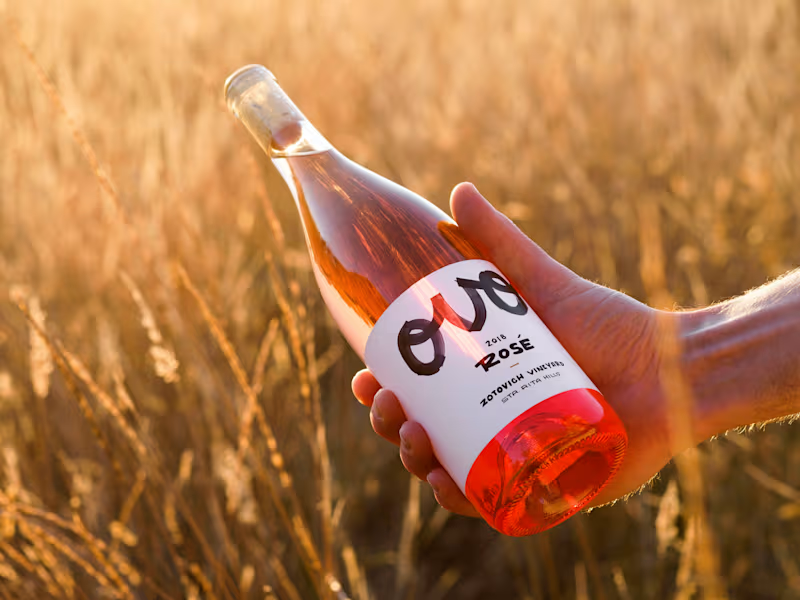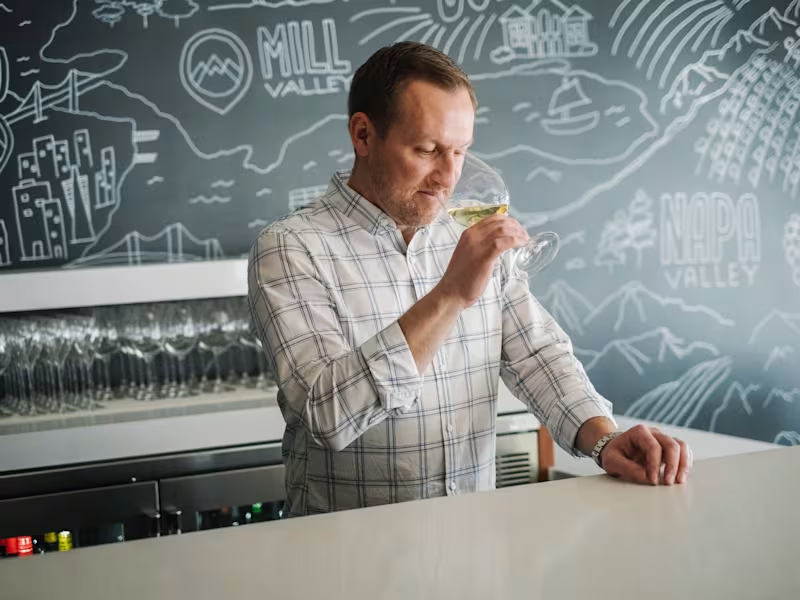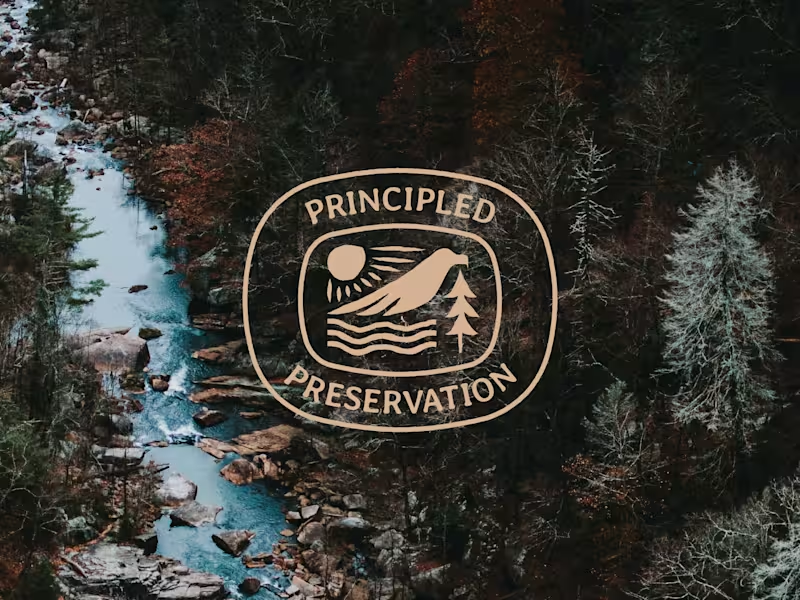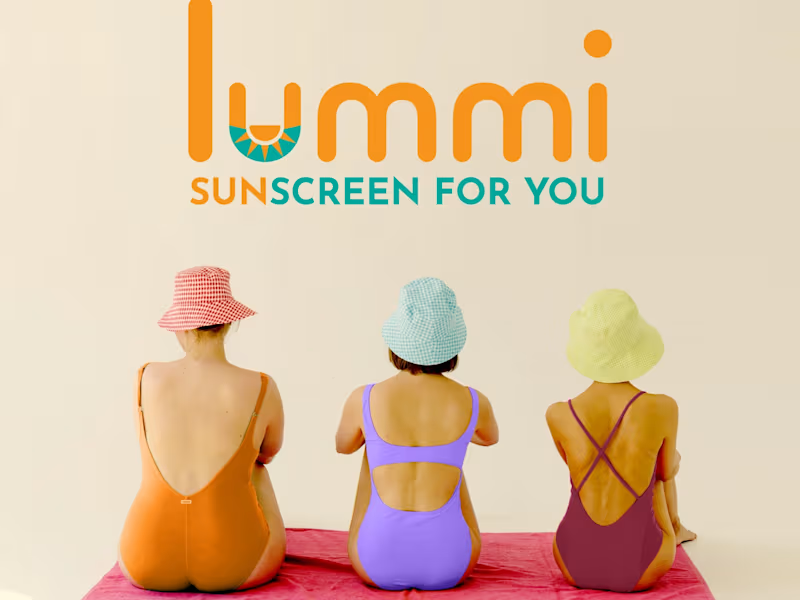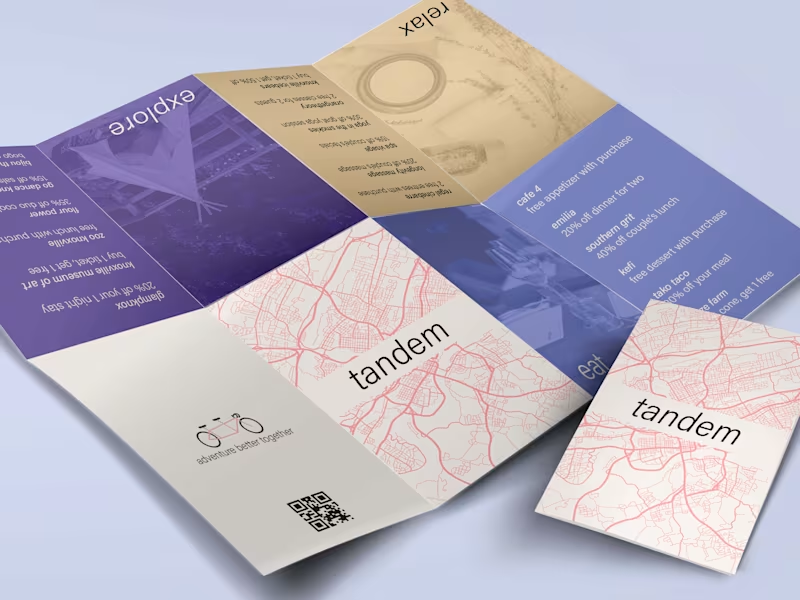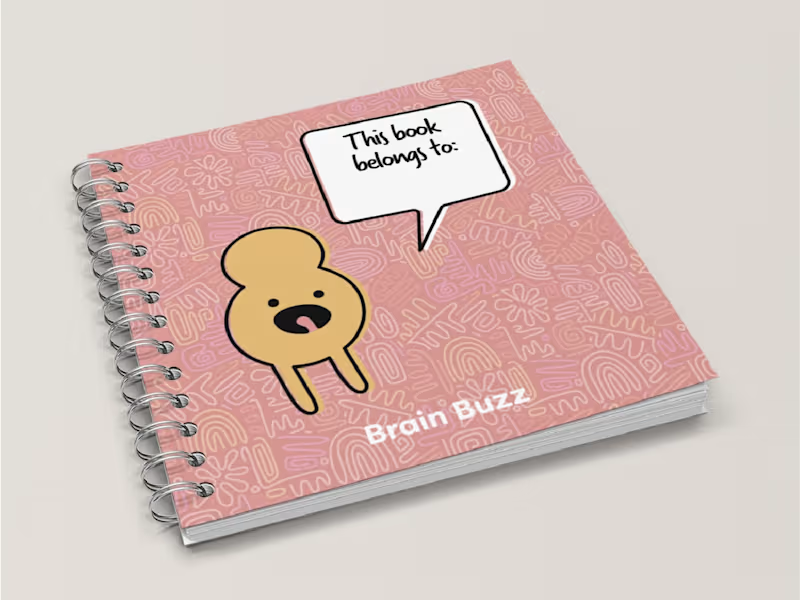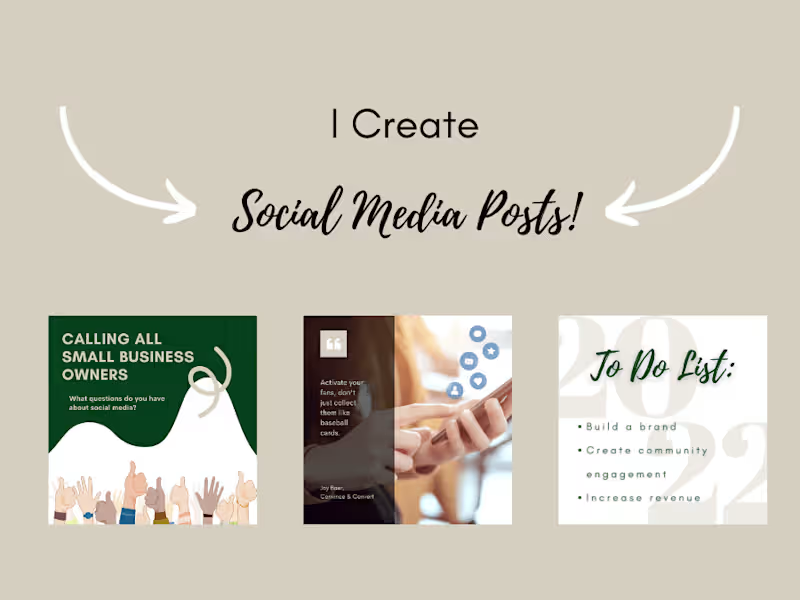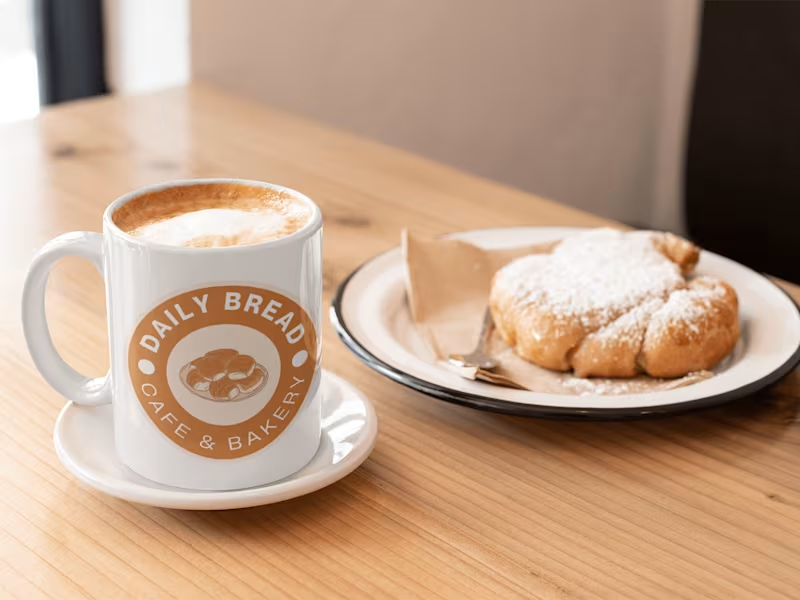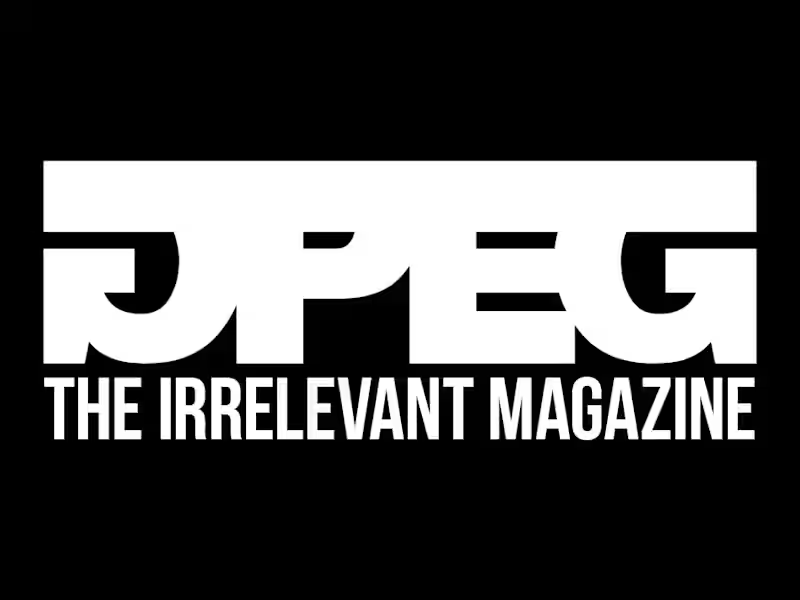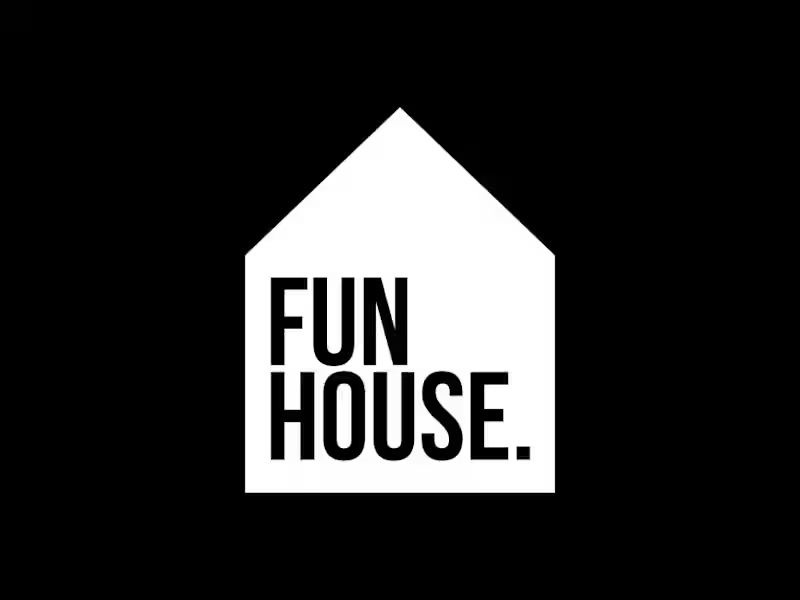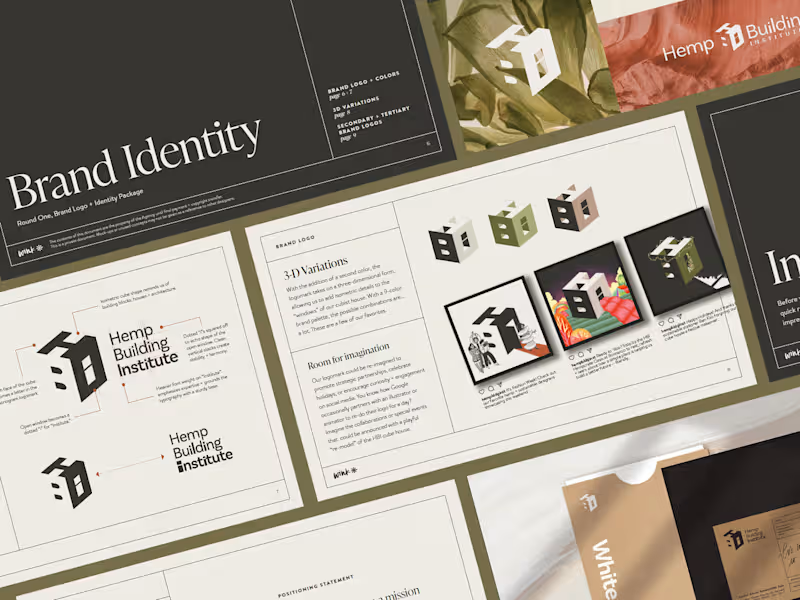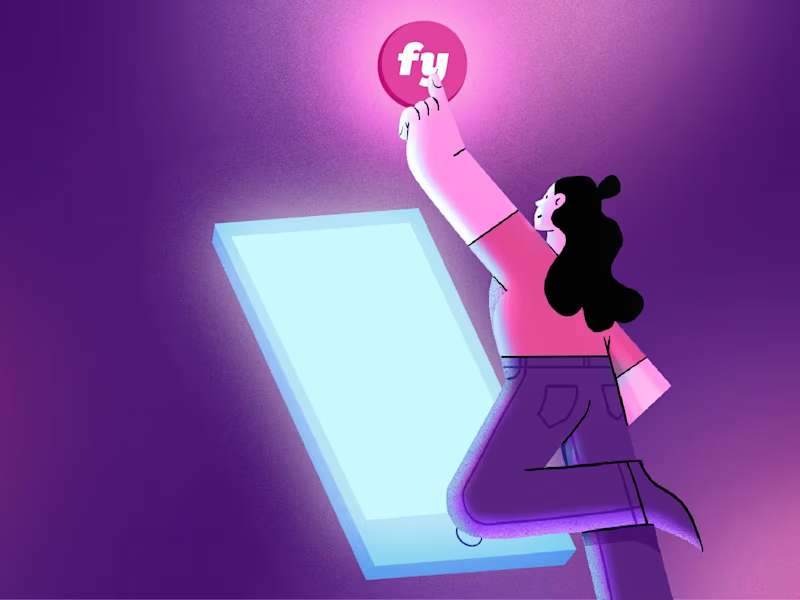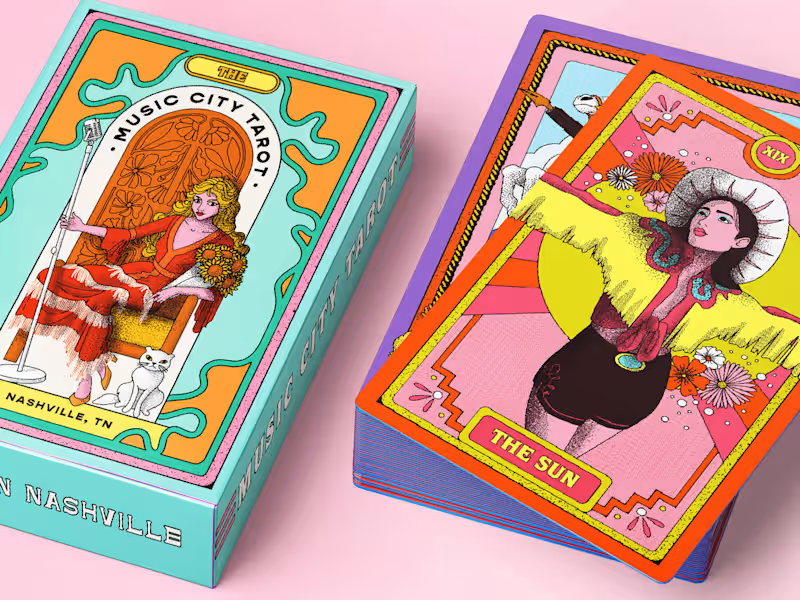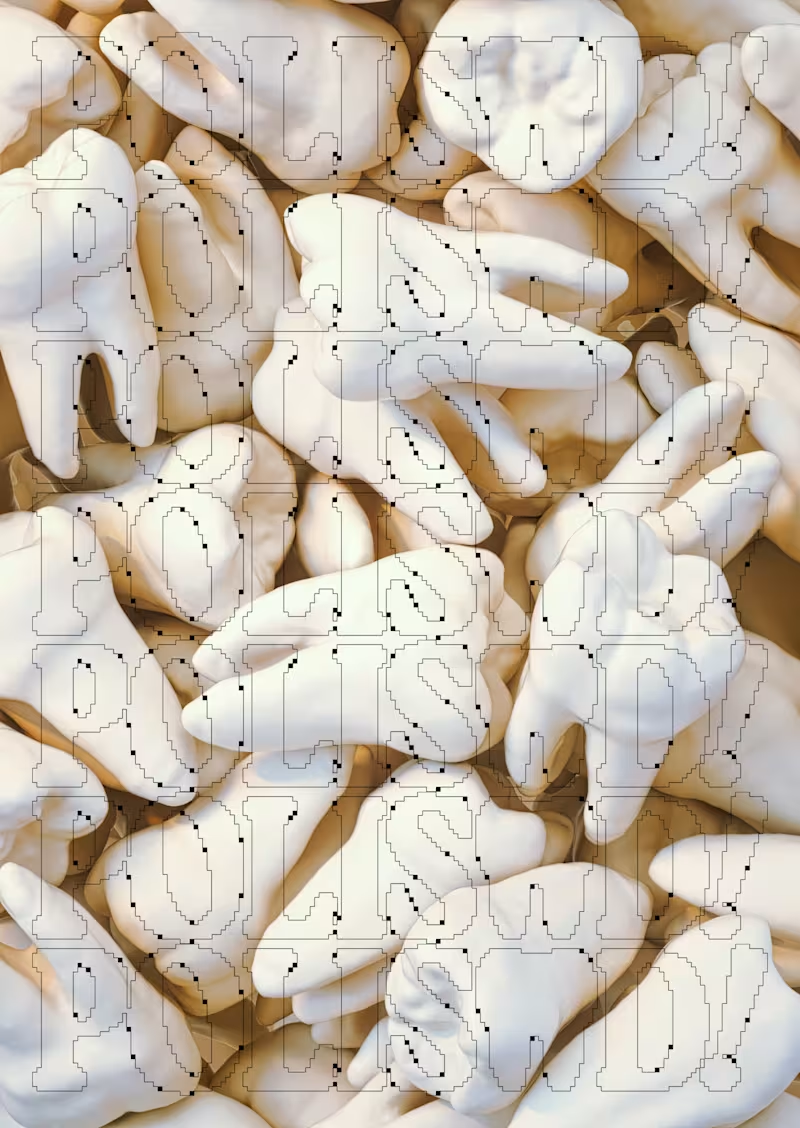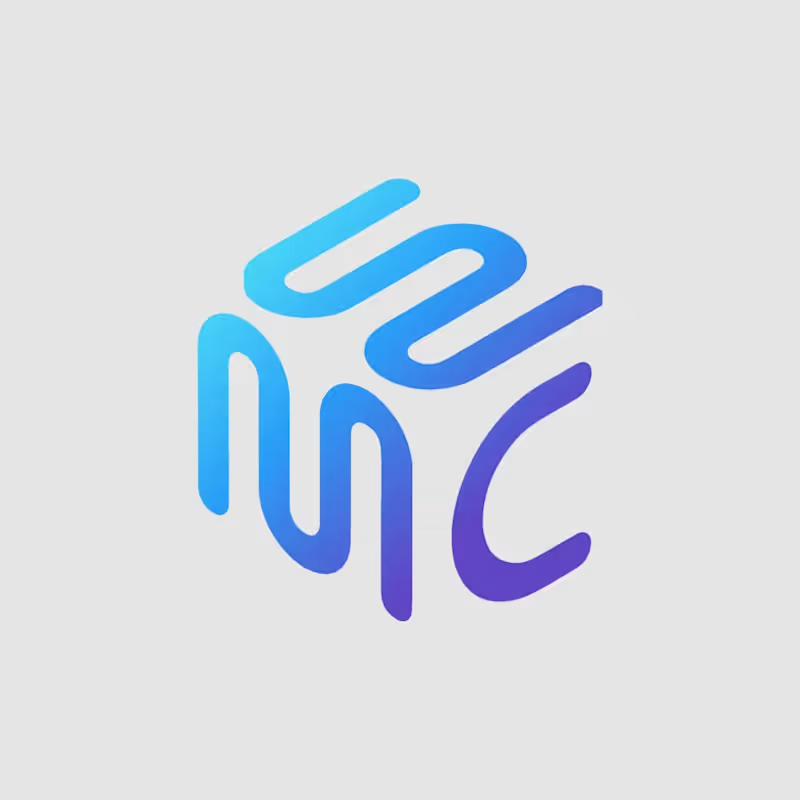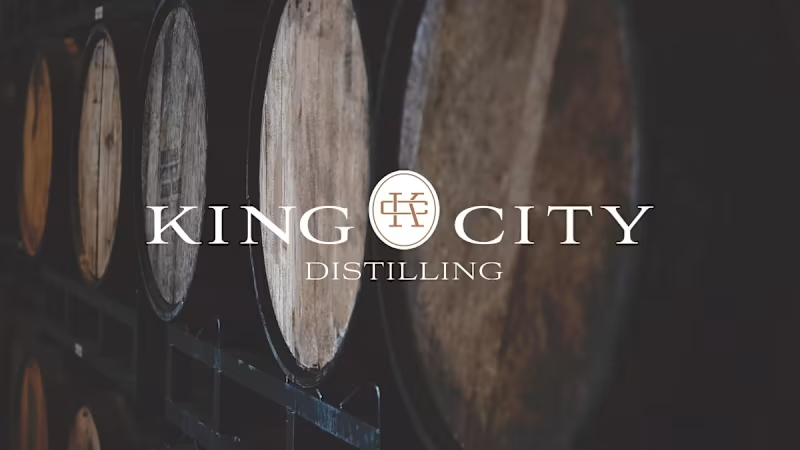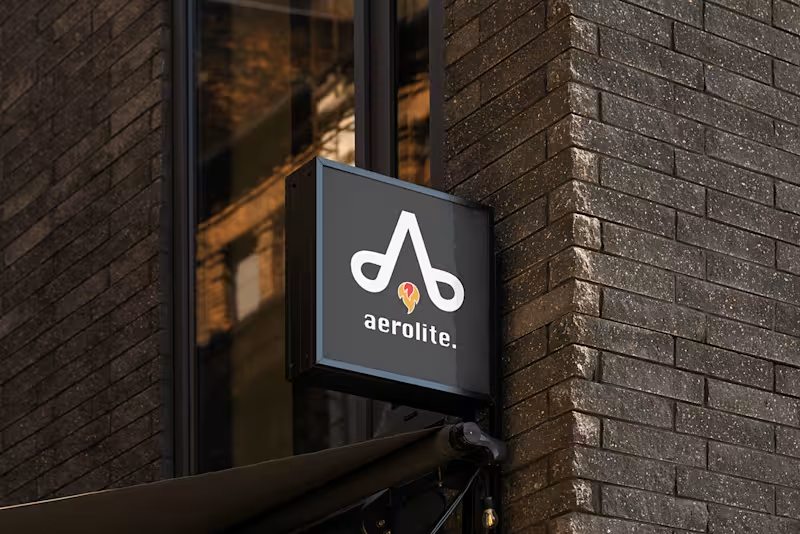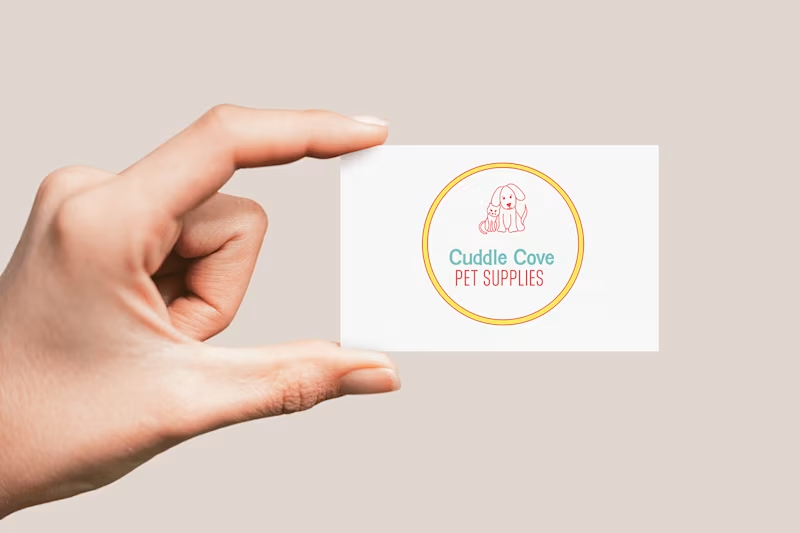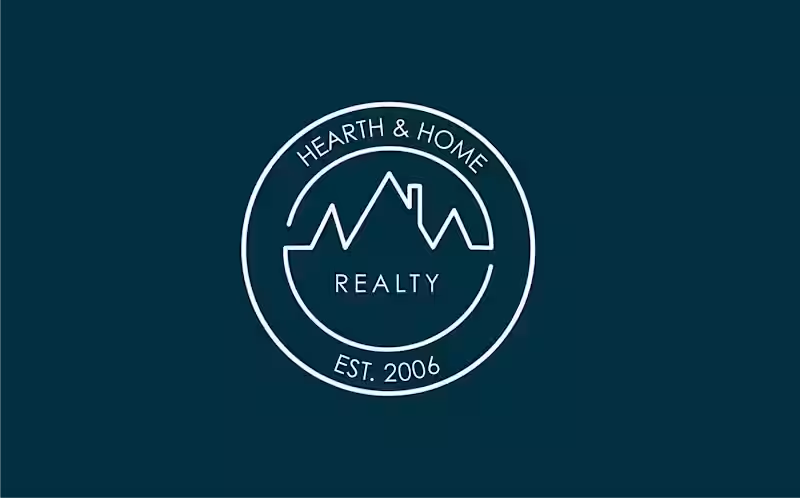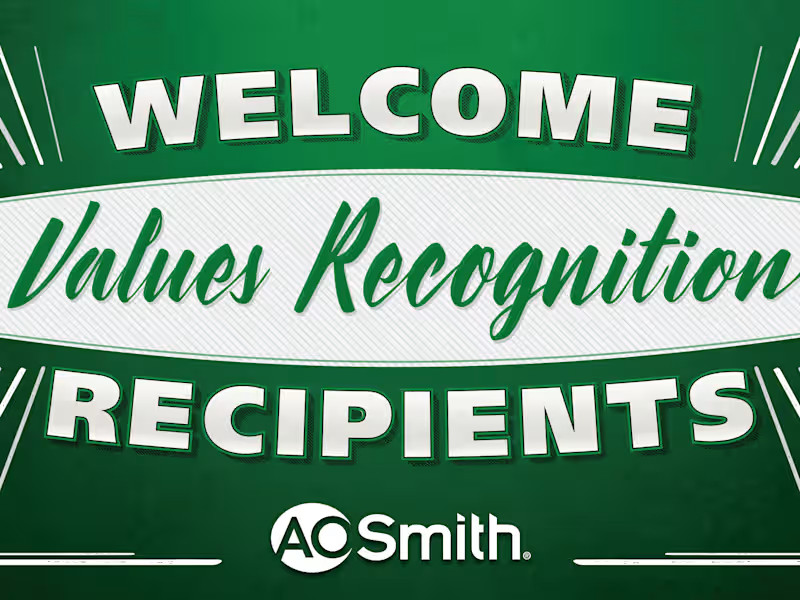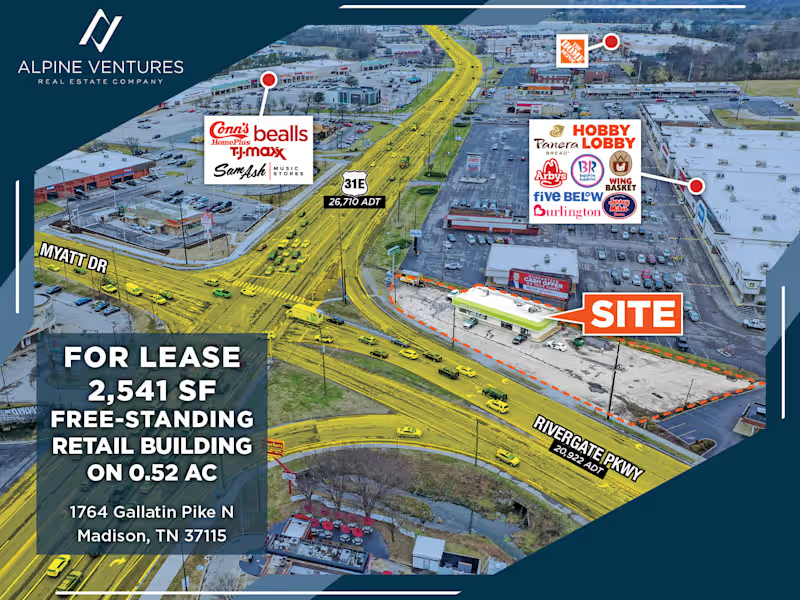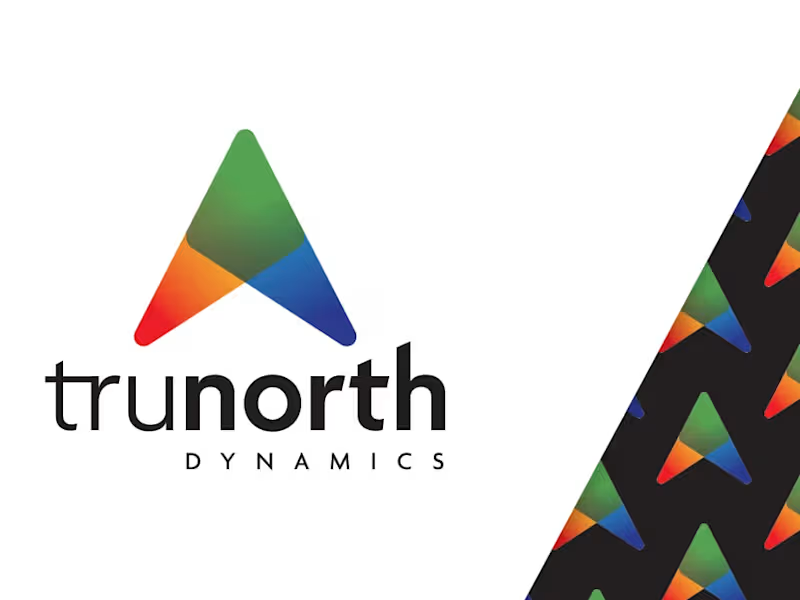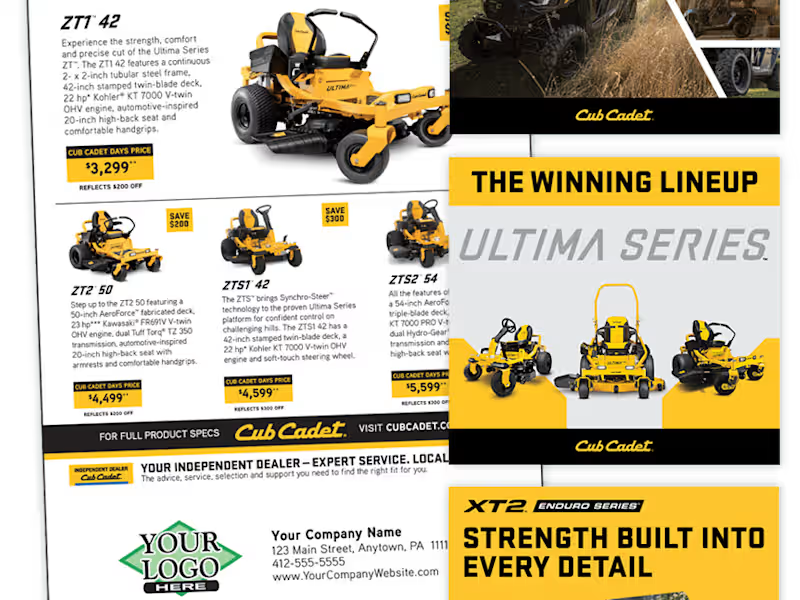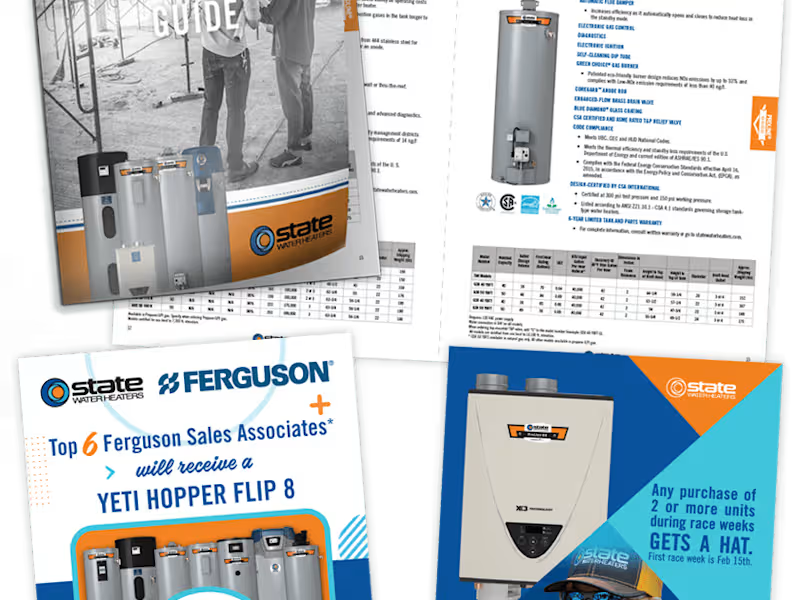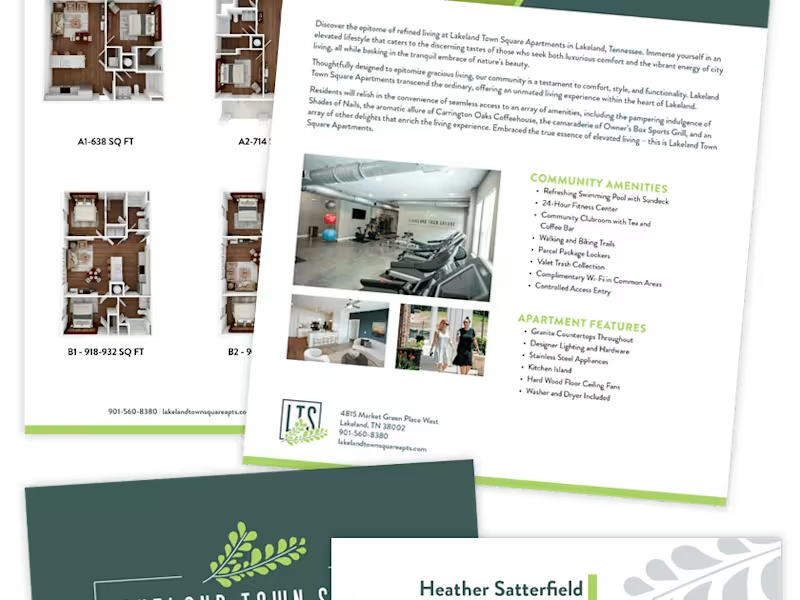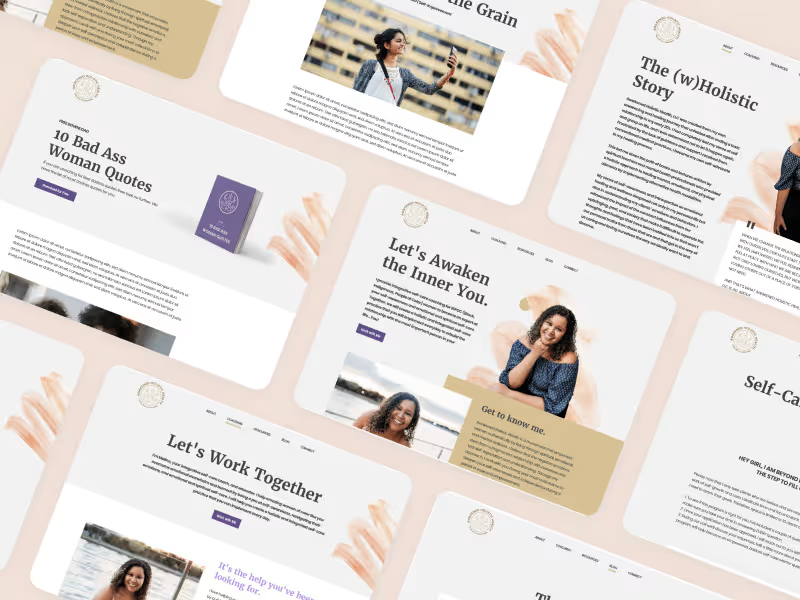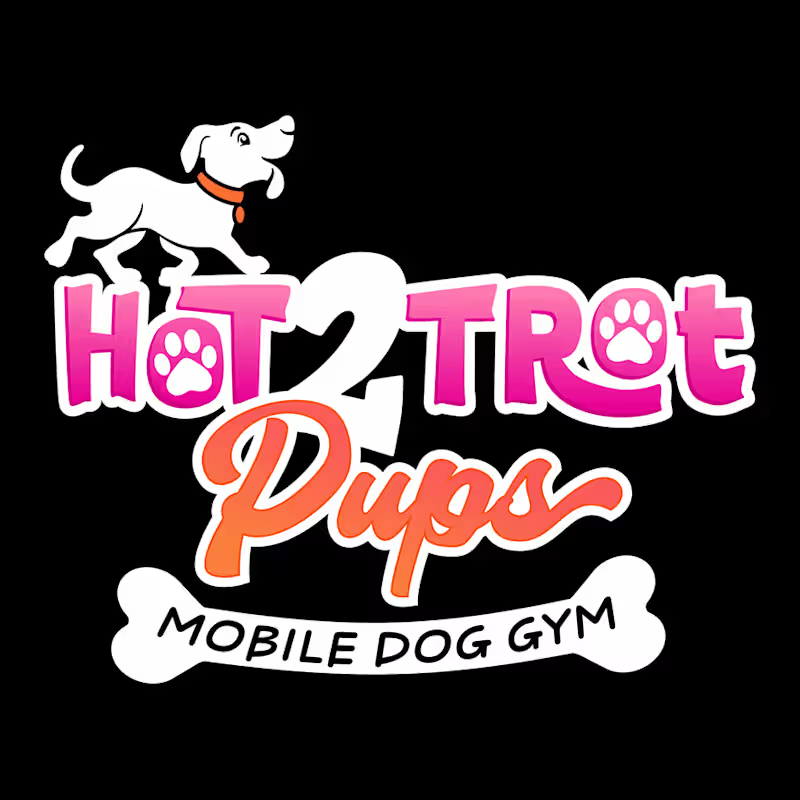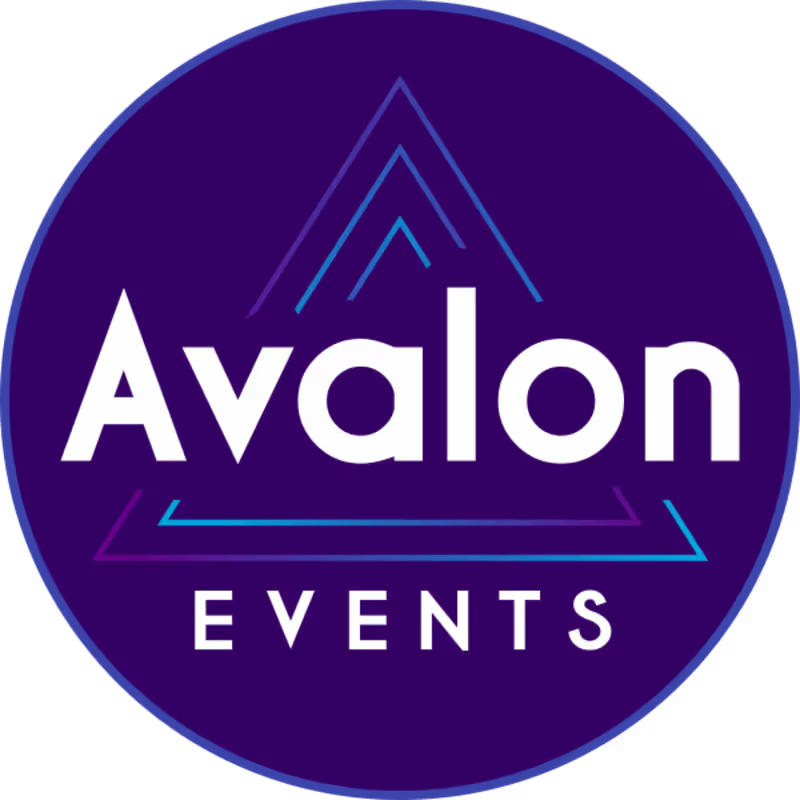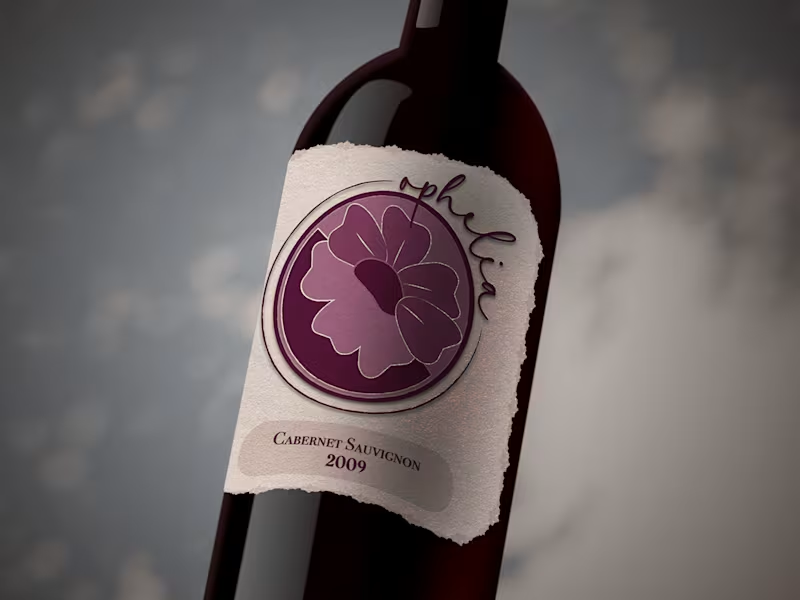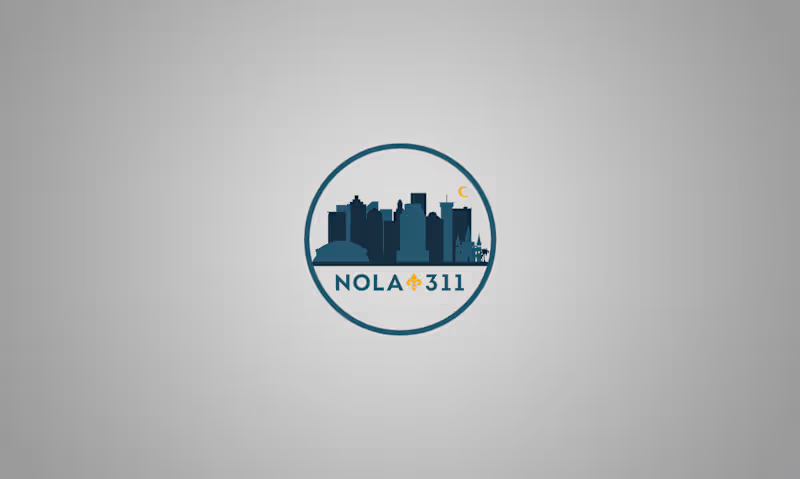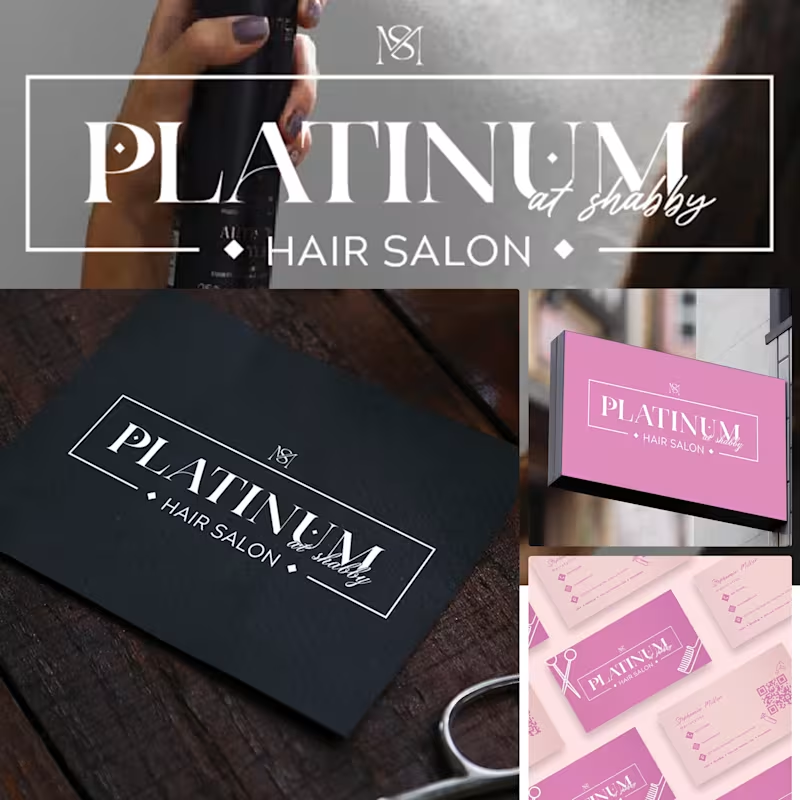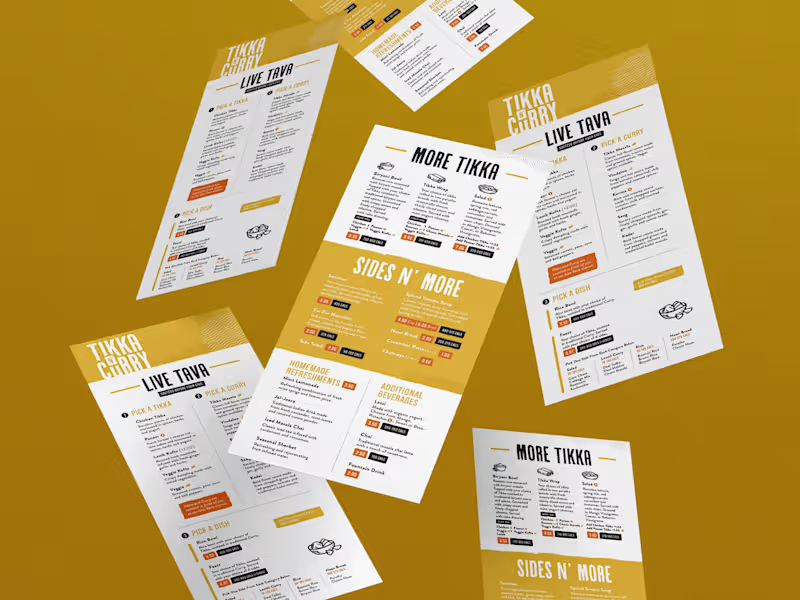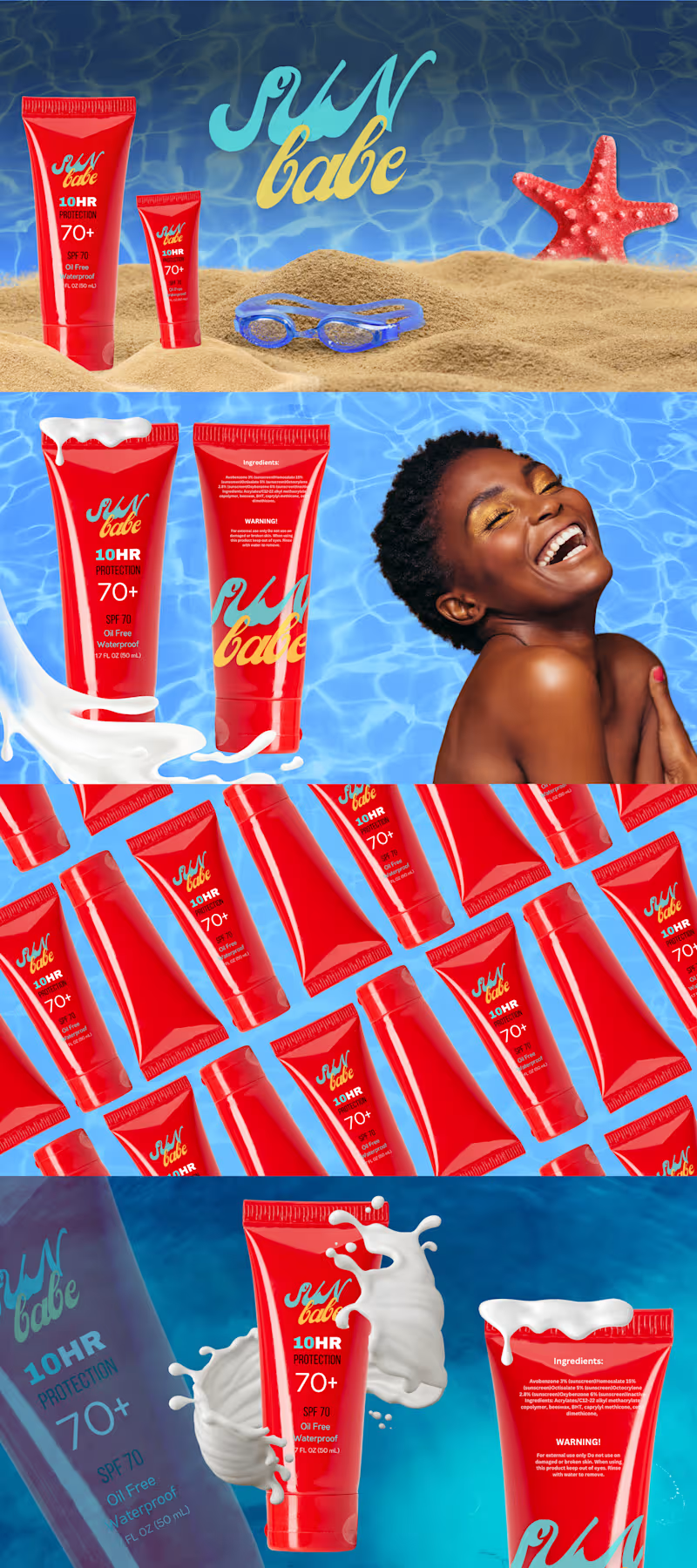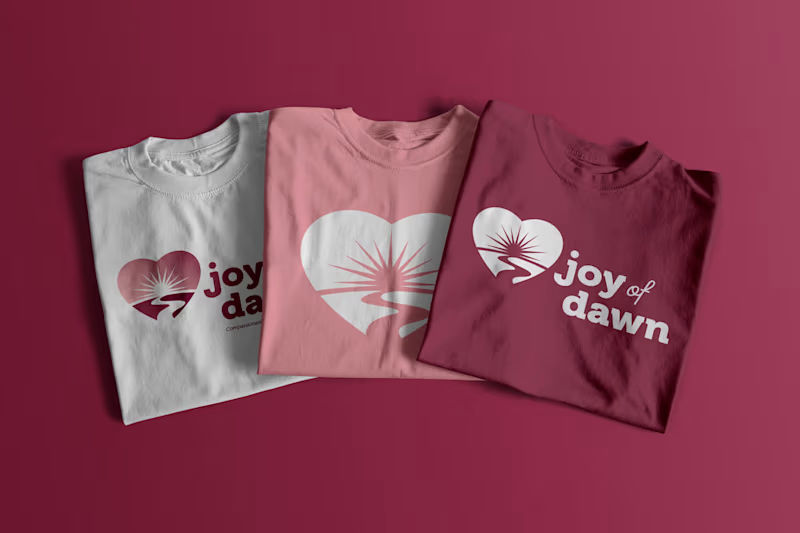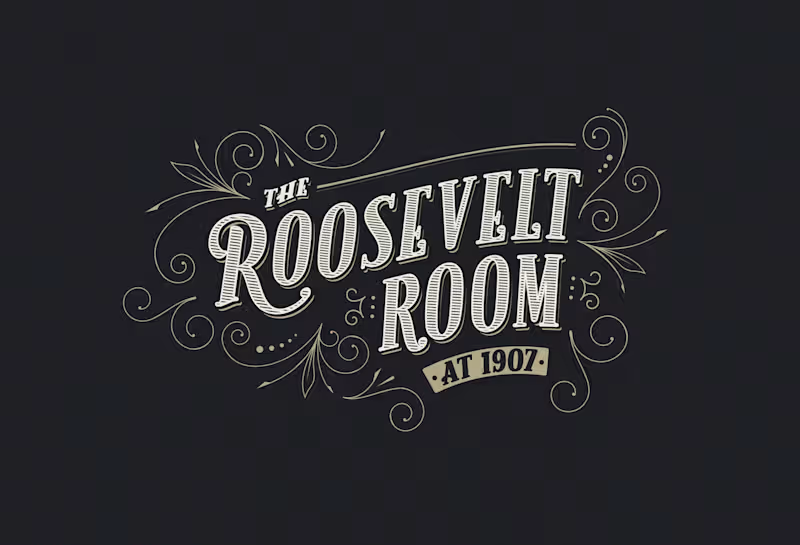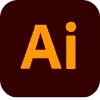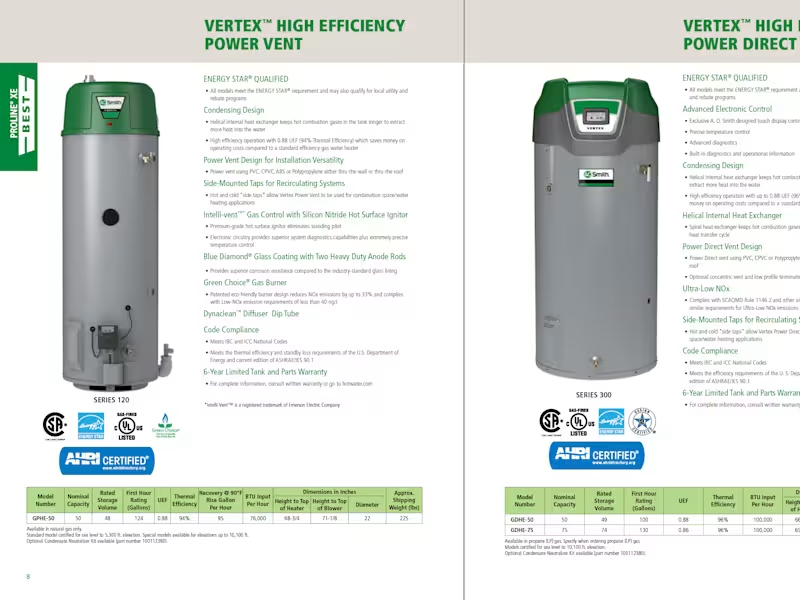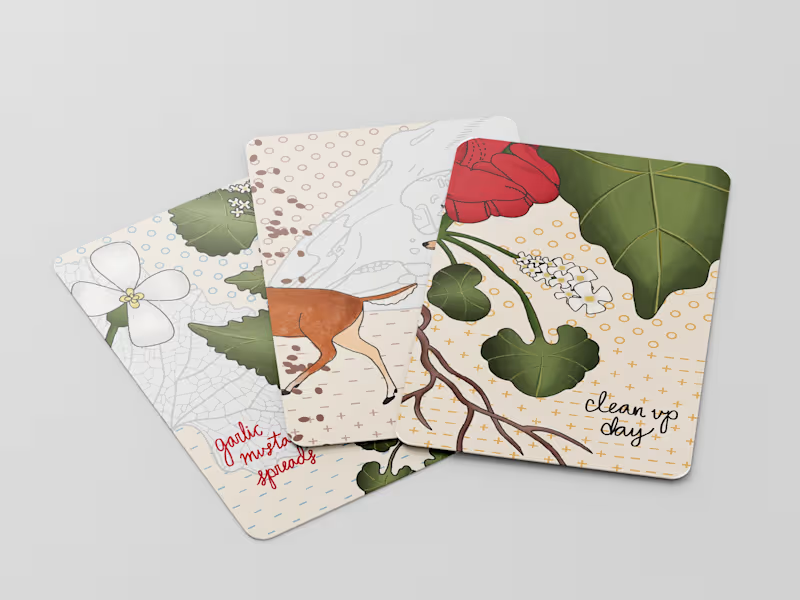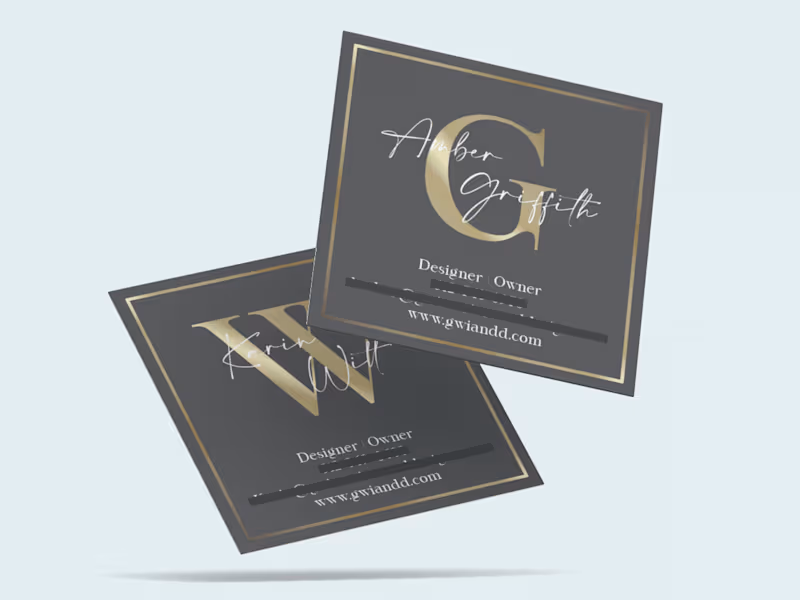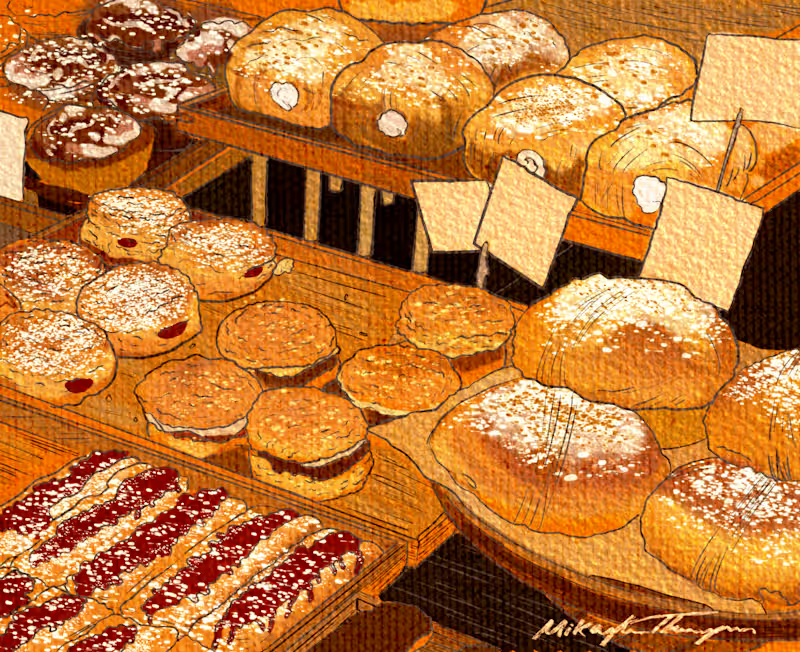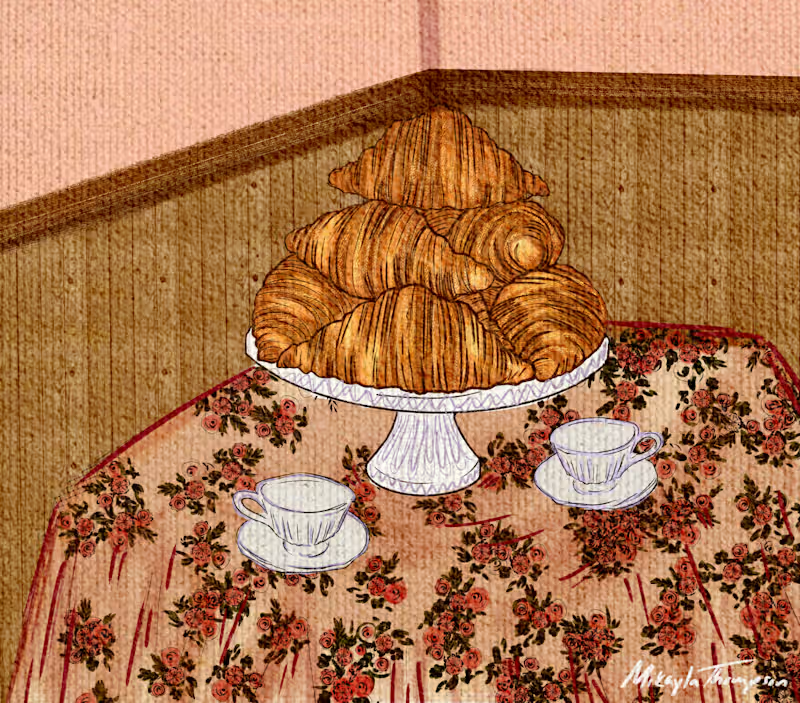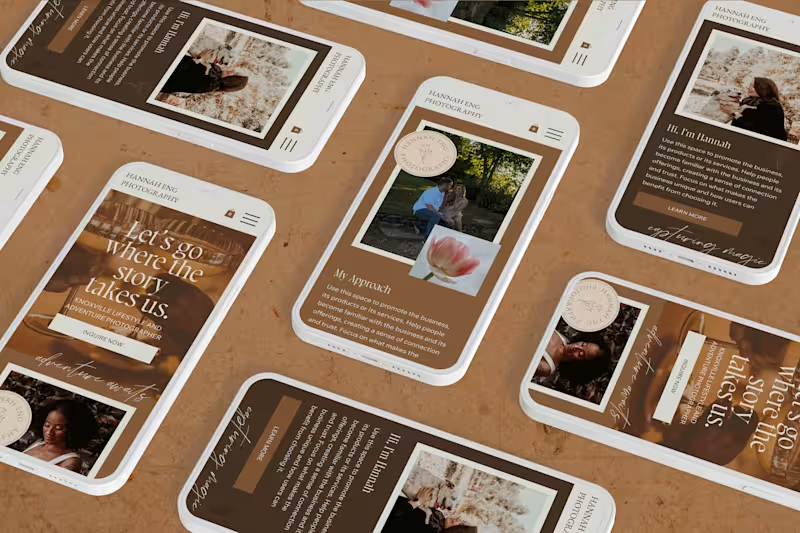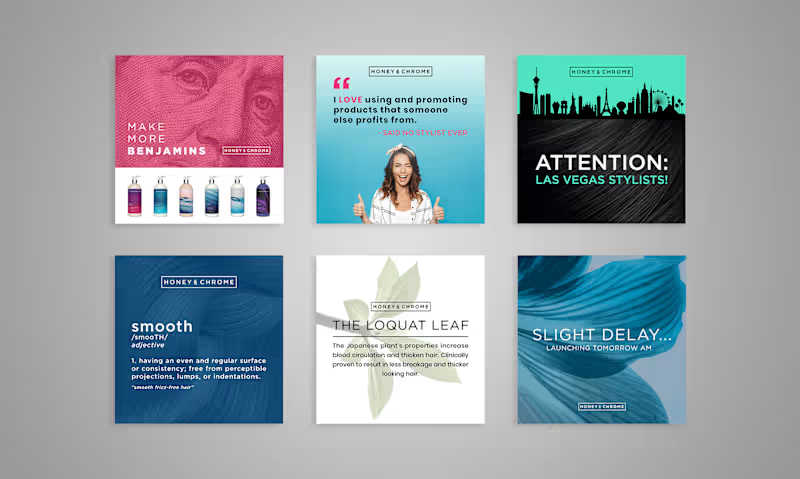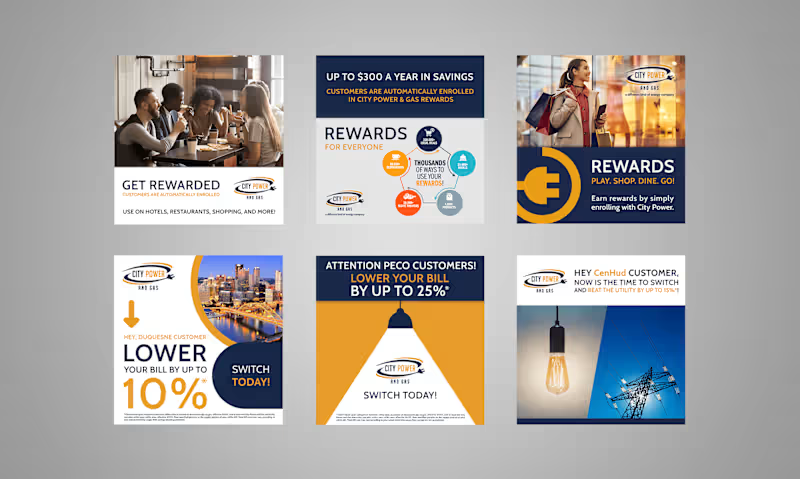What should I consider when outlining my brand design project?
Start by listing your business goals and what you hope to achieve with your project. Think about your target audience and the message you want your brand to communicate. Be clear about the styles and designs you love, and share visual examples if possible. Setting a well-defined vision helps the designer understand your expectations. It's important to communicate these clearly to ensure everyone is on the same page.
How can I ensure the design aligns with my brand values?
Begin by clearly stating your brand's core values and mission. Share existing brand materials, like logos or color schemes, to give the designer a sense of your brand identity. Encourage the designer to ask questions and provide feedback during every step of the process. Regularly reviewing drafts helps ensure that the final design truly reflects your brand's values. This collaborative approach keeps the project aligned with your brand's character.
What should I put in the design brief?
Include essential details like your company's history and what sets it apart. Share your goals, target audience, and any specific design preferences or inspirations. Making a list of must-have elements helps the designer know what is vital to include. A well-written design brief provides a roadmap for the designer. This helps set the stage for successful collaboration.
Why is it important to set a timeline for my brand design project?
Setting a timeline gives structure and helps keep the project on track. It allows the designer to plan their work and ensures you receive drafts and final designs by your desired deadline. Discuss any major milestones, like when you need to see the first concept and when final changes should be submitted. Timelines help avoid unnecessary delays and ensure steady progress. Both you and the designer stay aligned, focusing on delivering quality work efficiently.
How do I ensure effective communication with the designer during the project?
Establish a consistent method of communication, whether it's via email, video calls, or messaging apps, from the start. Schedule regular check-ins to discuss progress and address any concerns or questions. Be open to the designer's ideas and feedback, and encourage them to seek your input, too. Clear communication helps build trust and fosters a more productive working relationship. This results in a design that meets your expectations and needs.
What should I expect during the initial design phase?
After you discuss and agree on the brief, the designer will start brainstorming and sketching ideas. They might share some rough drafts or concepts for your feedback. This is an important time to communicate what you like or don't about these initial ideas. The goal is to refine concepts and move toward a draft you both love. This phase sets the foundation for the final design.
What can I do to support local brand designers in Tennessee?
Show interest in their previous work and express appreciation for their unique style. Share your excitement about local culture and let it inspire your brand design. Collaborate on ideas that resonate with both your business and the vibrant spirit of Tennessee. Supporting local designers strengthens community ties and enhances your brand's authenticity. Plus, it adds a personal touch to your project that audiences will love.
How do I handle revisions in the brand design process?
Agree on the number of revisions included before starting the project to prevent misunderstandings. Encourage open communication, so the designer knows what's needed in each revision. Be specific about corrections or changes to make feedback as clear as possible. Understanding each other’s expectations helps make the revision process smoother. Clear feedback ensures the final design meets your vision.
How can I prepare for the handover of the final design?
Decide on the file formats you need, such as JPEGs, PNGs, or vector files. Confirm that all elements of the design are included, like logos in different sizes. Double-check that you have the rights to use the design as intended. The handover is the exciting final step that makes the design officially yours. Properly prepared files ensure you can use the design effectively in the future.
What approaches help me evaluate a designer's portfolio effectively?
Focus on variety and creativity, checking for different styles and techniques. See whether their past work matches what you want for your brand. Look for consistency in quality and attention to detail throughout their projects. By evaluating portfolios carefully, you choose a designer whose skills align with your vision. A thorough review helps ensure a successful partnership.
Who is Contra for?
Contra is designed for both freelancers (referred to as "independents") and clients. Freelancers can showcase their work, connect with clients, and manage projects commission-free. Clients can discover and hire top freelance talent for their projects.
What is the vision of Contra?
Contra aims to revolutionize the world of work by providing an all-in-one platform that empowers freelancers and clients to connect and collaborate seamlessly, eliminating traditional barriers and commission fees.
